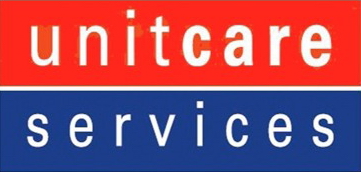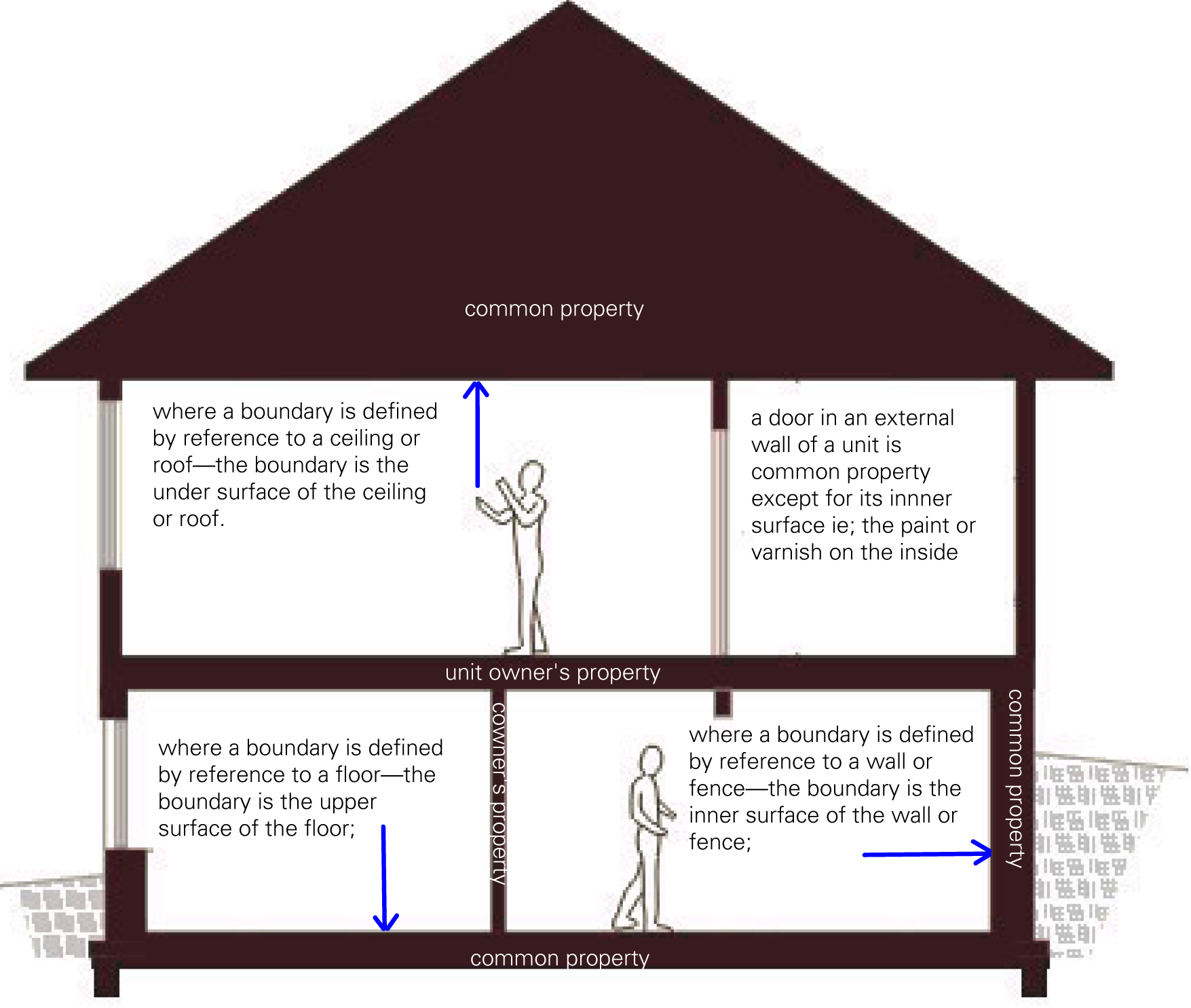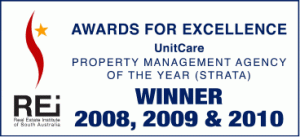Boundaries – Strata Titles
- In this chapter we explain what is common property and what is the owner’s responsibility.
The question of what is and what is not common property can be a difficult issue, and can cause many disputes.
Generally speaking, the boundary of a unit is the internal surface of it’s walls, floors and ceilings (but another boundary may be specified on the strata plan). A unit also includes an area defined on the unit plan as a ‘unit subsidiary’, which is an area for the exclusive use of a particular unit, for example a carport or garden. Common property is any land or space that is not within a unit.
Common property such as pipes or electrical wiring which service a number of units can run into these boundaries, which then complicates any strict definition of ‘common’ property. Such things as pipes or electrical wiring which service only one unit are considered part of that unit and not part of the common property. It should be noted that in most strata corporations the roof, guttering, external walls and foundations are common property.
Legislation
Section 5 part 5 of the Strata Titles Act spells out the physical boundaries of a unit by defining what the unit holder owns and therefore is not the Strata Corporation’s responsibility to maintain.
(5) Subject to any explicit statement to the contrary in a strata plan, the following principles apply to the definition of a unit by strata plan—
(a) where a boundary is defined by reference to a wall or fence—the boundary is the inner surface of the wall or fence;
(b) where a boundary is defined by reference to a floor—the boundary is the upper surface of the floor;
(c) where a boundary is defined by reference to a ceiling or roof—the boundary is the under surface of the ceiling or roof.
Hint
The internal walls and yard subsidiaries are not common property but the owner’s to maintain
Click on the picture for large image
The Corporation is responsible for maintaining the common property.
In the case of a unit this includes:
- the external walls and floors
- the foundations
- the roof, the space in the roof, gutters and eaves immediately below the gutters
This does not include:
- internal walls
- fixtures and fittings such as kitchens and bathrooms
Legislation
Section 5 part 6 of the Strata Titles Act goes on to spell out other structures and services that are the Strata Corporation’s responsibility to maintain.
(6) The common property comprises—
(a) any land or space that is not within a unit;
(b) any pipe, cable, wire, duct or drain that is not for the exclusive use of a unit;
(c) any structure that is not for the exclusive use of a unit installed before the deposit of the strata plan;
(d) any structure installed by a strata corporation as part of the common property;
(e) any other structure on the site committed to the care of a strata corporation as part of the common property.
(7) Subject to any explicit statement to the contrary in the strata plan, a wall or fence between a building that forms part of a unit and a unit subsidiary to that unit is part of the common property.
What does this mean?
Land that is not within a unit, and services that do not serve a single unit, are the Corporation’s common property. This includes common driveways and the land beneath the property, the common sewer etc.
The Corporation is responsible for:
- water pipes until they only serve a unit
The pipes shown in red are the owner’s to maintain.
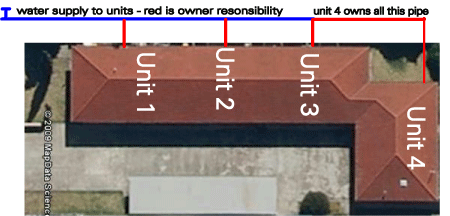
- The electrical supply until it meets the fuse serving only one unit ie: the meter box
The cable to unit 4 is the owner’s to maintain despite it travelling through the common roof space.
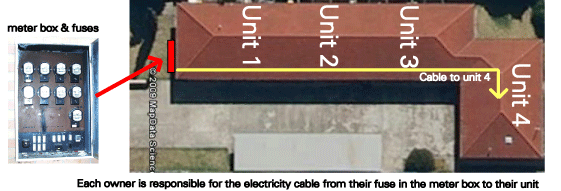
- the sewer until it meets the junction serving only one unit (Note- if a common vent is attached to the unit then the sewer is common as cutting off the sewer would affect the venting of all the related units).
- all boundary fences and gates, including those that separate units from one another. Note that ‘fence’ includes a gate under the Interpretation section of the Strata Titles Act.
- a pergola if erected by the Corporation
See the Maintenance section for practical examples.
Best Practice
Make sure your group has an up to date set of Strata Plans. link to example
Circulate a copy of the plans to all existing owners and new owners as they join your Corporation.
Check the strata plan for any notation on boundaries – some pre 1988 groups have a unit boundary that is 1/2 way through the external, ceiling and floor.
Hint
The Lands Services Office can supply a copy of your group’s plans if needed.
